In a British censorship manual from WW2 two pictures containing hidden messages are displayed. My readers have now found at least a part of the solutions.
Last week I blogged about the two most interesting unsolved steganographic mysteries I am aware of – a fashion drawing and a map of Amsterdam, both displayed in a Britsh censorship manual from World War II ( British National Archives KV-2-2424). Both pictures contain hidden messages. Thanks to the help of my readers I can now present a partial solution to the fashion drawing message and an almost solution to the map message.
Mystery 1: The fashion drawing
The fashion drawing is displayed on page 14 of the censorship manual:
The hidden message has two parts. The first one is encoded in morse code. This one is unsolved – I have no idea where the dots and dashes are hidden in the picture. The second part of the message is “Vor Arras” (German for: “Before Arras”). It is contained in the signature, written in a French shorthand. Arras is a town in Northern France.
Blog reader Gerry used an online shorthand translator provided by the University of Clausthal to write “Vor Arras” in shorthand. This is what he got:
Gerry wrote: “If you look at the surname ‘Shaw’ you can recognize (in German shorthand) the words ‘von aras’ if you remove the first line of the ‘h’. In shorthand there are no double consonants.” This can be seen in the following picture:
This looks like the correct solution. Thank you very much to Gerry for solving this mystery.
Mystery 2: The city map
The following city map of Amsterdam, displayed on page 17 of the censorship manual, contains another morse code message (transposed by 11 positions forward):
The message is written in German, but only the English translation is given: “Oil has arrived, everything is ready. Gustav available for the appointed day.” The German original might be something like: “Öl ist angekommen, alles ist fertig. Gustav hält sich am vereinbarten Tag bereit.”
Blog reader Norbert Biermann pointed out that already in October 2016 a reader named “m” had suggested a solution approach that made sense (sorry, this escaped my attention). “m” wrote:
In the map of amsterdam, below the dashed line running along Raadhuisstraat, there are little pen marks, single strokes for dots, small filled boxes for dashes.
Starting near Keizersgracht eastwards I can make out ‘aathut’, which, when rotated 11 positions forward, gives ‘llesfe’, which could well be part of ‘alles fertig’ for ‘everything is ready’.
There also seems to be morse code between Kalverstraat and Rokin.
Norbert has confirmed that “m” was on the right track. He could reproduce the reading of ‘llesfertig’ and a few more fragments.
Can you find out more?
Thanks to “m”, Gerry, and Norbert Biermann for providing these solution approaches! Great job!
However, there are still a few open questions. How exactly does the German cleartext on the map look like? And, most of all, where is the message in the fashion drawing? Any help is welcome.
Follow @KlausSchmeh
Further reading: Tony Gaffney’s starlight steganogram
Linkedin: https://www.linkedin.com/groups/13501820
Facebook: https://www.facebook.com/groups/763282653806483/

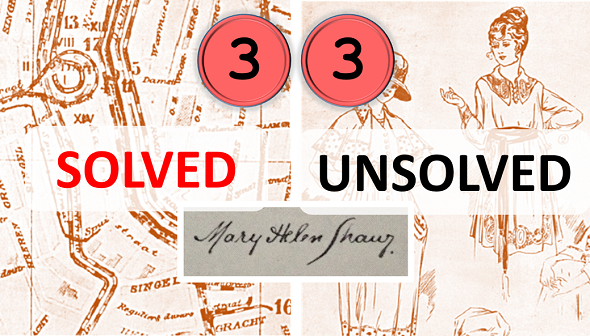



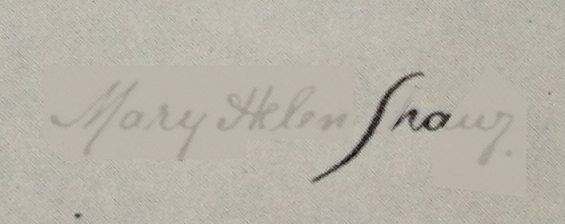
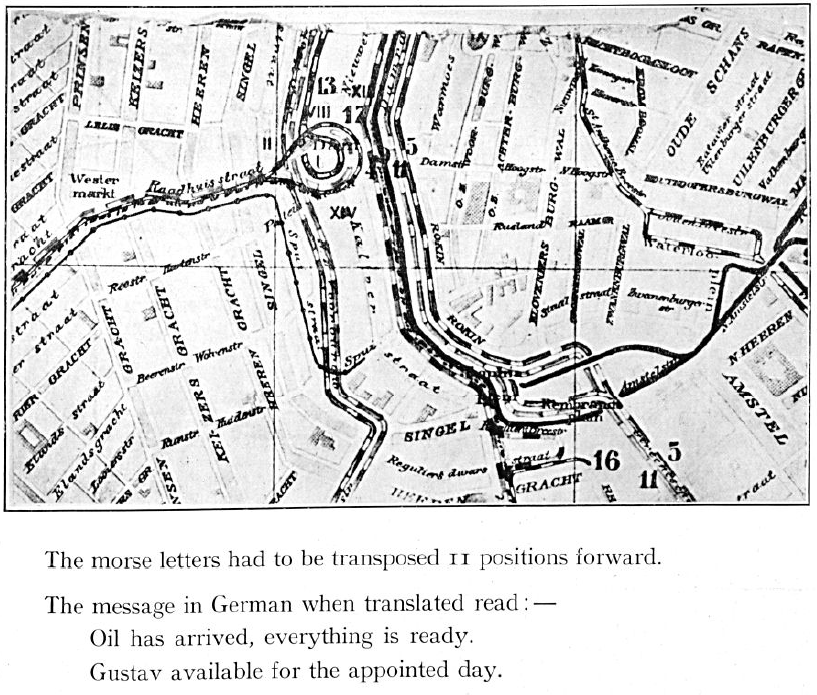
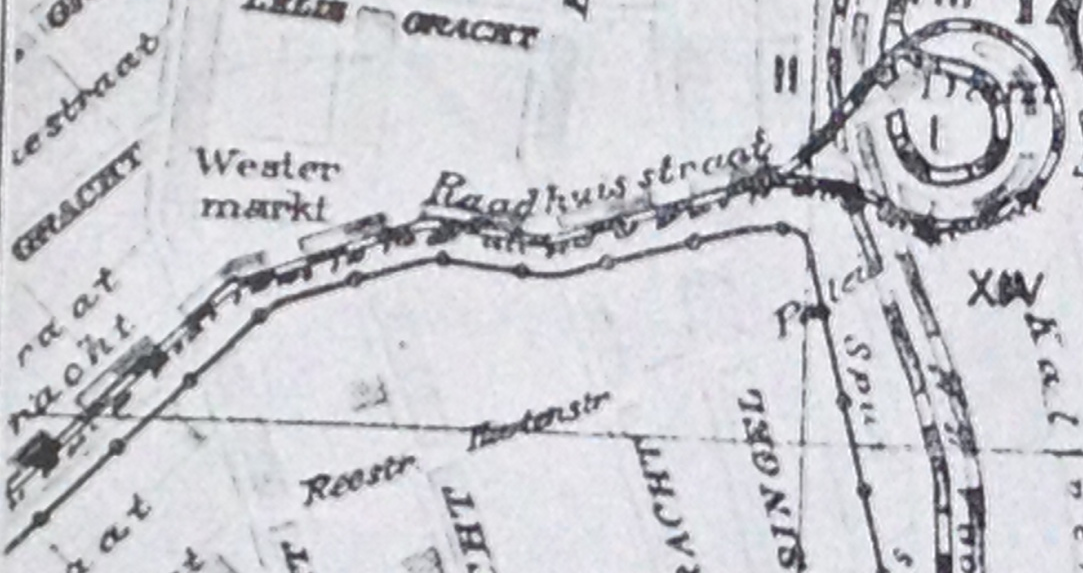
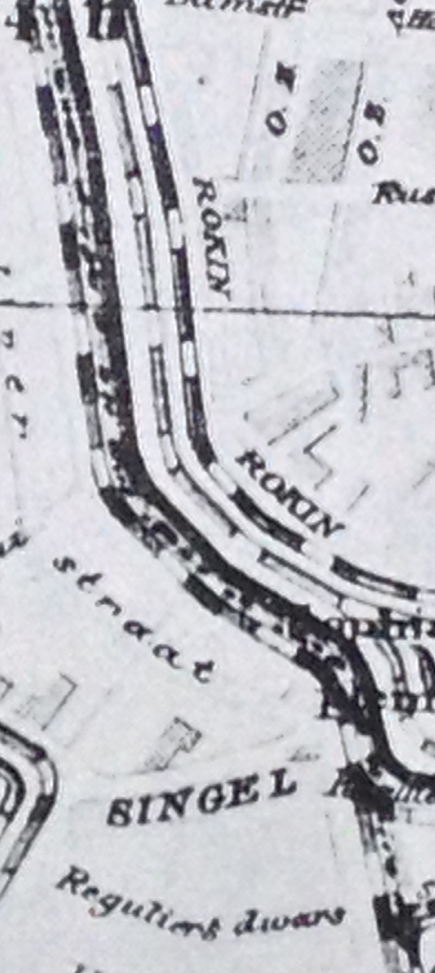

Kommentare (5)